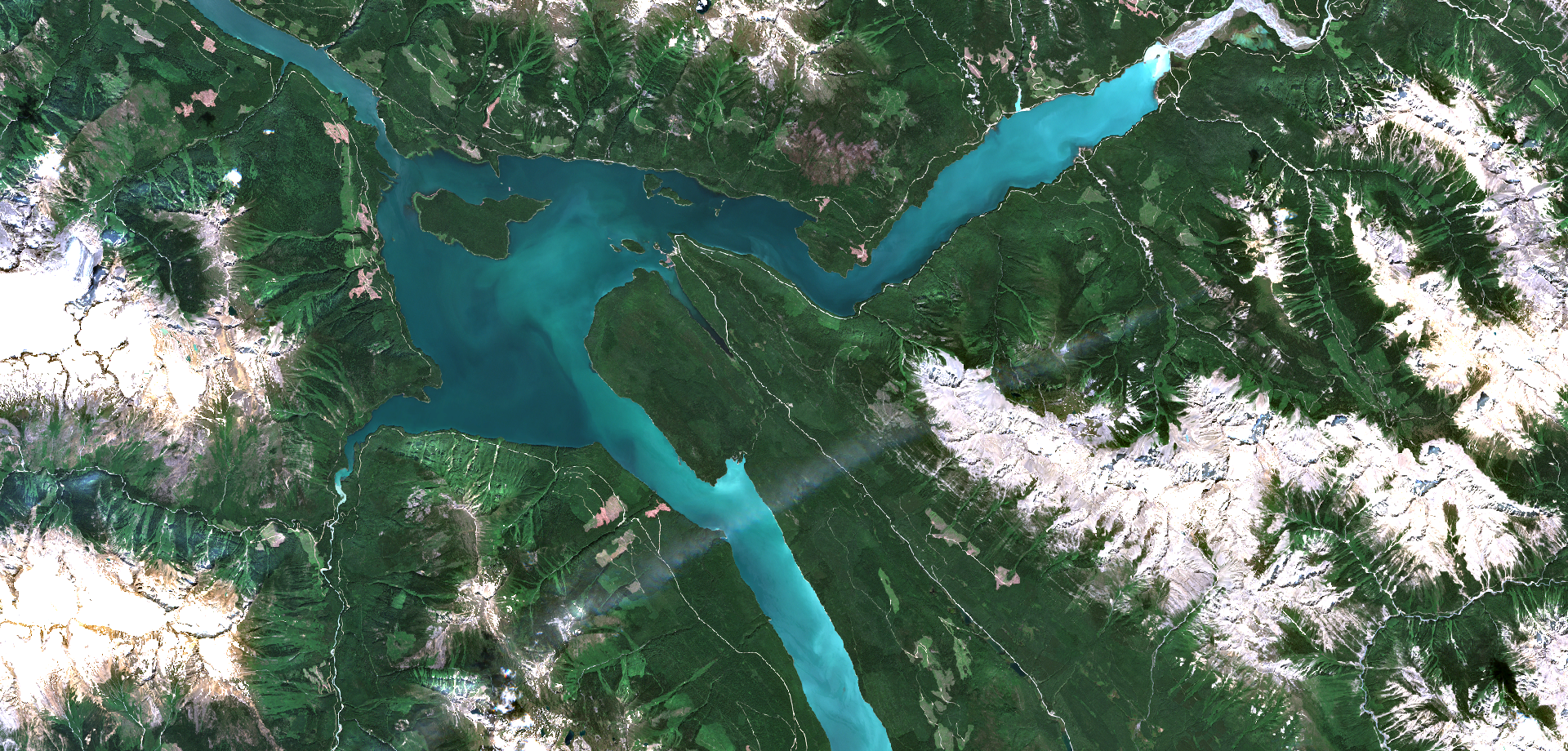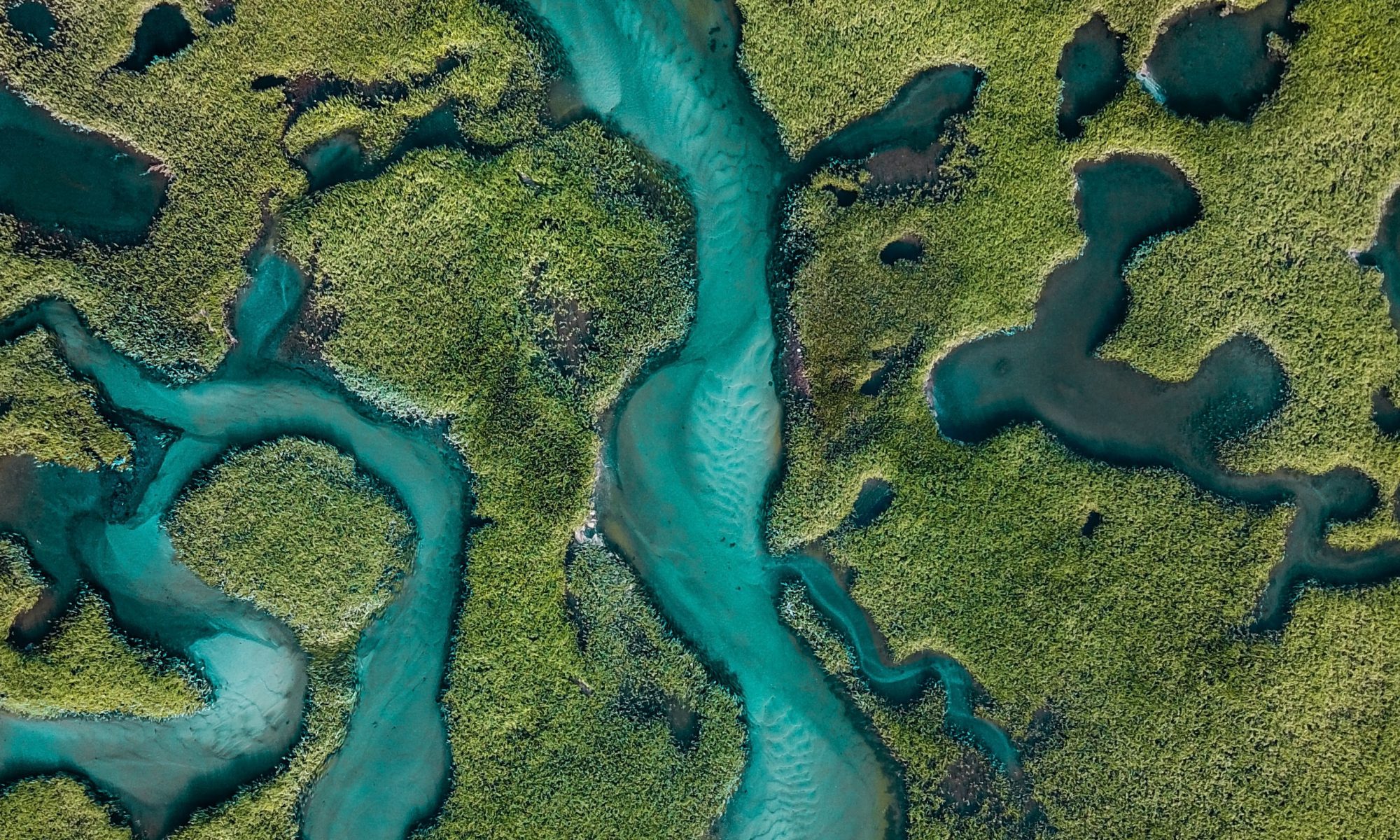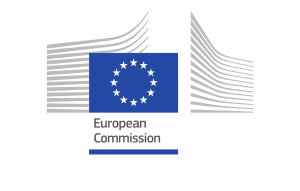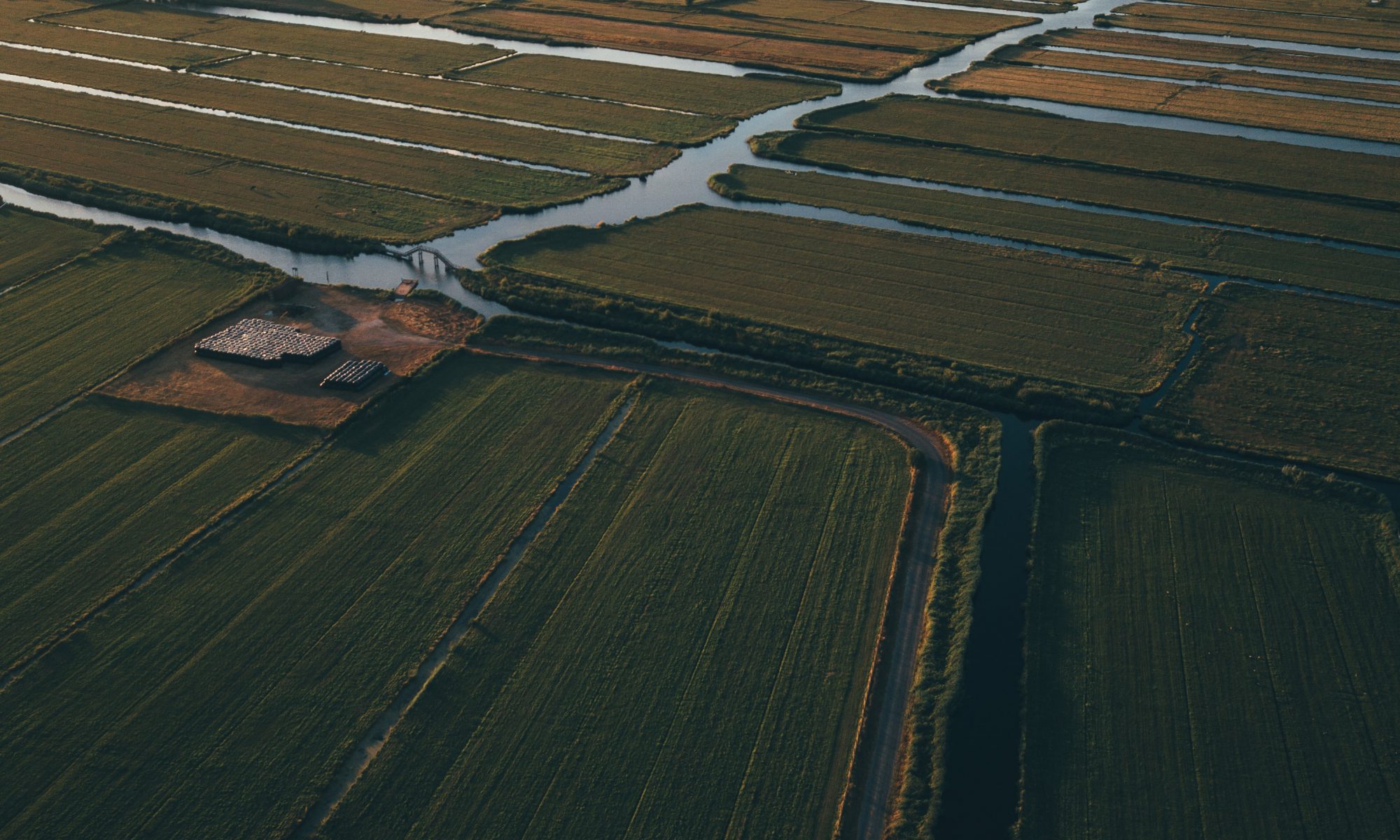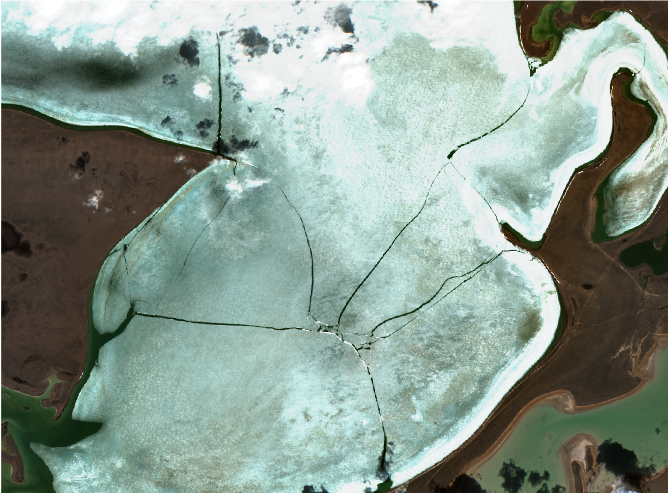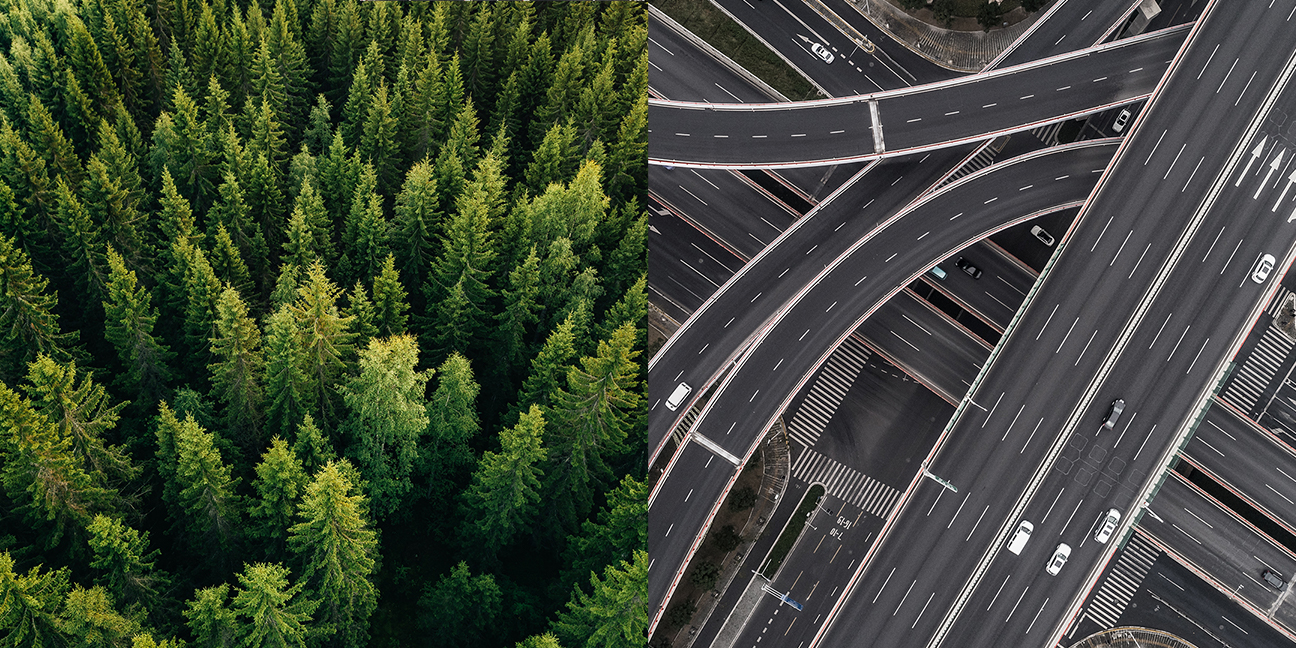This cookie policy covers www.dhi-gras.com.
DHI GRAS A/S, our suppliers and business partners use cookies to provide the best possible service to our website users. How we handle the use of cookies is set out in this Cookie Policy.
Our Privacy Policy describes how we use the personal data that our cookies collect about you when you visit our website.
Owner and contact information:
DHI GRAS A/S
Agern Alle 5
2970 Hørsholm
CVR no: 25621646
+45 4516 9100
GDPR-security@dhigroup.com
What is a cookie?
A cookie is a data file that a website stores on your IT equipment such as your computer, tablet or smartphone. The object is to recognise your IT equipment and observe how you use the website.
Almost all websites use cookies. Cookies are often required to provide the correct standard of service at the website. A cookie is a passive file that cannot collect information stored on your computer or spread any computer virus or other harmful programs.
Some cookies are stored on your device only as long as you have your browser open (session cookies). Other cookies are stored on your device for a longer period of time (persistent cookies). When you return to a website, the cookie is automatically renewed.
Often cookies from parties other than the party owning the website are stored on your device (third-party cookies). These may be cookies with ordinary contents, but also analysis tools and embedded comment fields.
This Website also uses cookies. We will not store cookies on your device before you allow us to, besides strictly technical cookies that are necessary to make the site operate. However, not accepting the storage of cookies on your device may result in the Website not functioning optimally and that certain features cannot be used, such as our video player.
Why do we use cookies?
In some cases, the use of cookies is the only way in which our Website can function as intended. Furthermore, cookies can help us get an overview of your visits to our Website so that we can continually tailor your user experience and so that we may improve the Website. For example, cookies remember whether you have visited the Website previously.
The collected information is anonymous and non-personally identifiable. However, cookies may, depending upon the circumstances, be used to identify you indirectly when the collected information is combined with other information. We will not attempt to make such identification, but were this does happen, the information will be treated as personal data in accordance with our Privacy Policy.
What types of cookies do we use on our Website, and what is the purpose?
First party cookies:
DHI GRAS A/S as a first party may use the following types of cookies:
Strictly necessary
Strictly necessary cookies help make a website navigable by activating basic functions such as page navigation and access to secure website areas. Without these cookies, the website would not be able to work properly.
Functional
Functional cookies make it possible to save information that changes the way the website appears or acts. For instance your preferred language or region.
Statistical
Statistical cookies help the website owner understand how visitors interact with the website by collecting and reporting information.
Marketing
Marketing cookies are used to track visitors across websites. The intention is to display ads that are relevant and interesting to the individual user and thus more valuable for publishers and third-party advertisers.
Unclassified
Unclassified cookies are cookies in the process of being classified as either technical and necessary, functional, statistical or marketing. We are in the process of classifying unclassified cookies together with the providers of the individual cookies.
Third-party cookies
You can share content from our Website on social networks such as Facebook, LinkedIn and Twitter. You can expect that social networks store cookies. Which and for what purpose differs from network to network, but it is the provider of the given network that is responsible for informing about the storage of these cookies and ensuring your consent. We also have collaborators who store cookies through our Website and have access to information collected by cookies sent from our Website, including Google Analytics. The identity of such third parties is stated in the cookie declaration.
How long are cookies stored?
The cookie's life span may vary depending on what the individual providers have set them at. Some cookies disappear as soon as you close the browser window, others may exist for several years. Many providers typically use a 12- or 24-month life span on their statistical-, advertisement-, and content related cookies. The life span is prolonged after each visit. Accordingly, we will store your personal data for up to two years from the date on which we registered your visit on our website. The specific storage period depends on the individual cookie.
How do you delete or disable cookies?
You can change your cookie settings or withdraw your consent at any time by clicking the cookie icon at the lower left corner of this Website. If you do not consent to cookies, it can result in parts of the Website not functioning or appearing properly.
Likewise, you can delete previously stored cookies. The procedure for deleting cookies on your device depends on the browser and the device you are using.
If you are using a PC, you may delete cookies by using the keyboard shortcut [CTRL]+[SHIFT]+[Delete]
If this procedure is not successful or if you are using a Mac computer, iPad, iPhone etc. please follow the guidelines via the following links depending on the browser you are using:
Ask us if you have questions
If you have any questions about cookies, or our cookie information and processing of personal information, please contact us at GDPR-security@dhigroup.com.
The actual cookie banner is provided and updated every month by Cookie Information ApS, and if you have any questions or technical issues with it, please write to support@cookieinformation.com.


